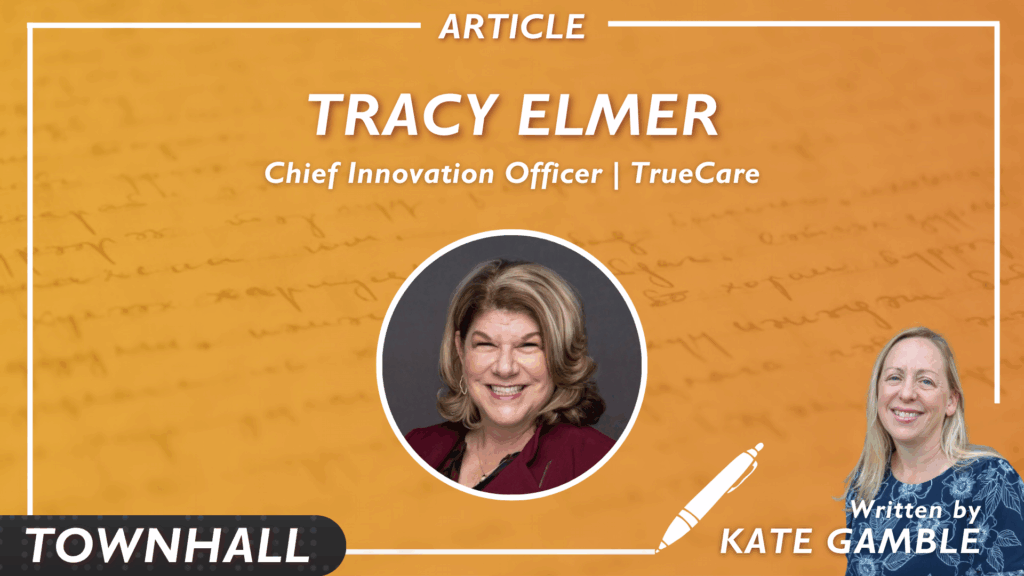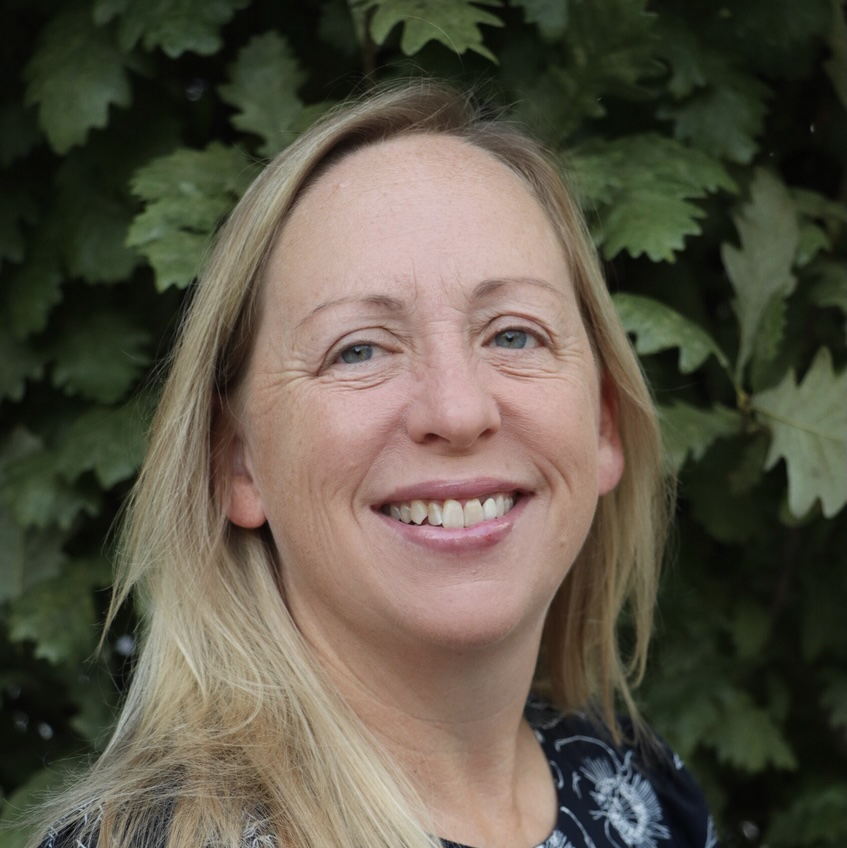
Sometimes the best thing an organization can do is to go back to its roots. That’s been the strategy for TrueCare. Although the Southern California-based network now has 20 locations, its beginnings were far more modest.
“We started out of an RV,” said Chief Innovation Officer Tracy Elmer. The goal was to provide vaccinations, wellness checks, and other forms of care to farmers who had little to no transportation.
Despite its growth, TrueCare hasn’t strayed from that. In fact, mobile health delivery has become a vital part of the overall strategy to “take care of people,” Elmer noted during a TownHall interview with Sarah Richardson.
Through its fleet of mobile wellness vehicles – which include medical and dental exam rooms – TrueCare is able to provide care at schools, shelters, senior centers, foster care homes, and community-based organizations. “Distance shouldn’t be a barrier to care,” she noted. “The mobile program takes us back to our roots and helps bring service to those who need it most and have fewer means to leave their communities.”
That, however, is just one component of TrueCare’s multifaceted strategy to improve care across the community.
Another is the introduction of QuickCare locations that offer same-day appointments for non-emergency health issues, providing convenient care without the typical “urgent care” experience. At these locations, patients have access not just to primary care, but other supportive services as well.
“It goes back to our mission,” Elmer stated. “We want to make sure care is comprehensive, and that we’re providing in diverse locations.” Not just that, but locations that are specifically chosen based on the population and its unique needs.
For instance, a hub in an area with aging patients could be configured with extra wheelchair ramps and wider hallways to better accommodate the target audience. “We’re doing our best to create points of access or care that truly serve our communities.”
Of course, sometimes that point of access is a mobile device. As such, TrueCare has prioritized virtual care initiatives like Epic MyChart to improve the user experience.
But it’s not enough merely to turn on functionality, said Elmer, who has long been a proponent for digital literacy efforts. “It’s not just about creating the connection; we need to ensure our patients are engaged in their care journey and empowered.”
To that end, TrueCare has launched a number of educational and outreach initiatives, one of which is the “Golden Years group” focused on seniors who speak Spanish as a first language. The program consisted of five sessions that started with the basics of digital technology, then progressed to more complex areas like MyChart. “We had found early on that adoption was slow despite our best efforts,” she said, adding that the program helped build confidence among users, leading to a spike in satisfaction.
“They felt that someone was investing in them and their wellbeing beyond health, and it was very powerful,” said Elmer, who attended the graduation of the pilot Golden Years class. Doing so enabled her to “see firsthand the power of how we’re using technology to connect with our patients, but more importantly, bring them into our culture, meeting them where they are and assuring them that they belong.”
And the support doesn’t stop there. TrueCare has also embedded digital ambassadors in waiting rooms to show patients how to navigate MyChart and leverage its features to stay connected with providers. By “taking the education to them rather than relying on written messages or YouTube videos,” her team is able to help bridge the gaps and offer a better overall experience. “It’s been very successful,” she added. “So much of the power of that is in the value of what we're serving. If we were to just turn it on and allow things just like messaging, but not online scheduling, that limits its reach.”
By opening it up, they’ve experienced a “slow but steady” increase in adoption, and moved closer to its mission of improving the health status of its diverse communities.
That spirit of inclusivity, however, isn’t limited to patients and families, said Elmer, noting that TrueCare has created committees focused on wellness and belonging. “Our President and CEO Michelle Gonzalez always reminds us that the work we do always starts and ends with people,” she said. “We’re reminded every day that our workforce represents our community and our patients,” and therefore, “taking care of them means we’re taking care of everyone.”
By investing heavily in workforce growth and development and prioritizing belonging, TrueCare leadership believes they’re empowering staff to reach their full potential. “They’re able to bring their best selves to work,” Elmer noted. “And that transcends beautifully into the patient care experience.”
Illustrating that connection has been a pivotal part of her strategy since she first started with the organization in 2018, and will continue to be a priority. “There’s not one person on the team who doesn’t realize or recognize the impact they have on the patient care process,” she said. “They feel like they’re part of the care team. They’re not in the clinic, but they’re connected and they know that if the system doesn’t reliably work or if the mobility isn’t designed in a way that assures continuity and connection, that has an effect on the experience. Every day, the work they do is a reflection of how powerful they recognize their role is.”


Questions about the Podcast?
Contact us with any questions, requests, or comments about the show. We love hearing your feedback.

© Copyright 2024 Health Lyrics All rights reserved